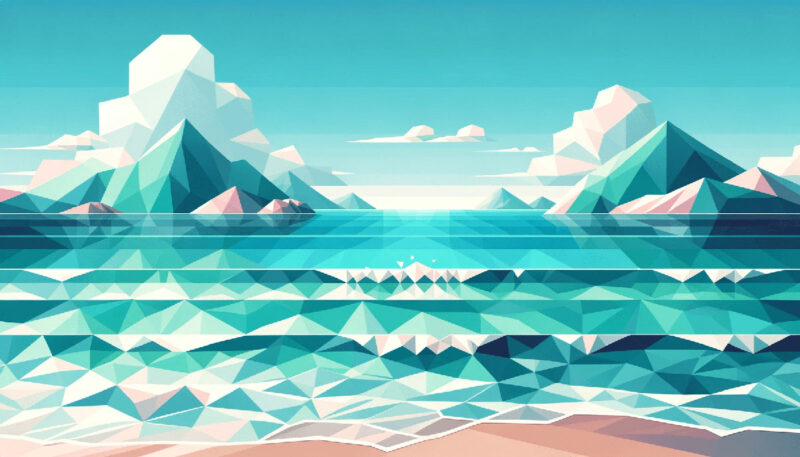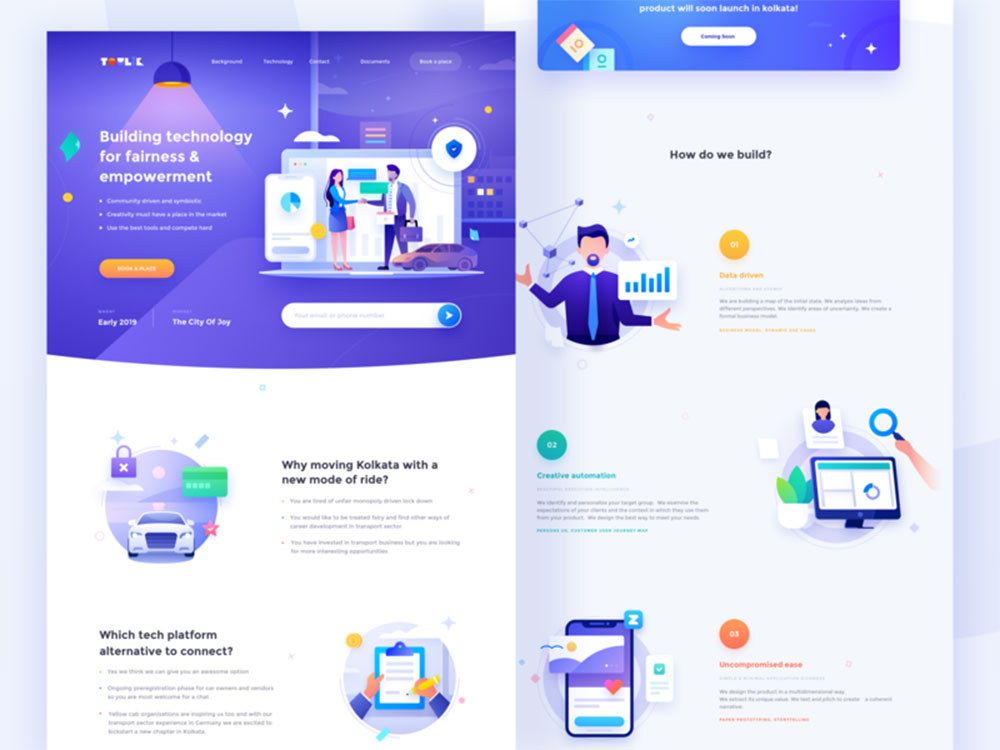6 Creative Ways to Monetize Your Digital Art

Digital art has become increasingly popular in recent years, with more and more artists turning to digital platforms to create and showcase their work. However, many digital artists struggle to monetize their creations and turn their passion into a sustainable career. In this article, we will explore six creative ways that digital artists can monetize their art and achieve financial success.
Understanding the Digital Art Market
Digital art has become increasingly popular in recent years, leading to a growth in the digital art market. Understanding the digital art market is essential for artists who want to monetize their work.
Current Demand and Audience
The digital art market has a vast and diverse audience, ranging from art collectors to enthusiasts. The demand for digital art has grown significantly due to the ease of access and the ability to display digital art on various platforms. The rise of social media platforms has also contributed to the growth of the digital art market, allowing artists to showcase their work to a broader audience.
Platforms and Online Marketplaces
The digital art market offers various platforms and online marketplaces for artists to monetize their work. These platforms provide artists with the opportunity to showcase their work to a broader audience and sell their art directly to buyers. Some of the popular online marketplaces for digital art include Etsy, Society6, and Redbubble.
Pricing and Value Perception
Pricing digital art can be challenging as there is no standard pricing model for digital art. However, artists can determine the value of their art based on factors such as the size, quality, and complexity of the artwork. The value perception of digital art is also influenced by the artist’s reputation and the demand for their work.
Building Your Brand as a Digital Artist
As a digital artist, building a strong brand is crucial to monetizing your art. Your brand is what sets you apart from other artists and helps you stand out in a crowded market. Here are a few tips for building your brand and establishing yourself as a successful digital artist.
Creating a Strong Online Presence
In today’s digital age, having a strong online presence is essential for any artist looking to monetize their work. This means creating a website or online portfolio that showcases your art and provides potential clients with a way to contact you. Make sure your website is easy to navigate and visually appealing, and consider including an “About Me” section that tells your story and gives clients a sense of who you are as an artist.
Engaging with Social Media
Social media is a powerful tool for digital artists looking to build their brand and connect with potential clients. Platforms like Instagram, Twitter, and Facebook allow you to showcase your art, engage with your audience, and build a following. Make sure you post regularly and interact with your followers by responding to comments and messages.
Showcasing Your Portfolio
Your portfolio is your most important marketing tool as a digital artist. It’s what potential clients will look at to determine whether or not they want to work with you. Make sure your portfolio is up-to-date and showcases your best work. Consider organizing your portfolio by theme or medium to make it easier for potential clients to navigate.
By following these tips and building a strong brand, you can establish yourself as a successful digital artist and monetize your art. Remember to stay true to your vision and style, and always strive to improve and grow as an artist.
Monetization Strategies for Digital Art
Digital art has become increasingly popular over the years, and artists are finding new and creative ways to monetize their work. Here are six monetization strategies for digital art that artists can use to sell, earn, and license their work.
1. Selling Original Artworks and Prints
One way to monetize digital art is by selling original artworks and prints. Artists can sell their work on various platforms such as Etsy, Society6, and Redbubble. These platforms allow artists to upload their artwork and sell prints, canvases, and other merchandise. Artists can also sell their original digital artworks as NFTs (Non-Fungible Tokens) on blockchain platforms such as OpenSea and Rarible.
2. Licensing Your Work to Diamond Painting Vendors

Diamond painting kits have become increasingly popular, and artists can leverage this trend by providing licensed designs for diamond paintings. These vendors create kits that allow customers to create their own diamond paintings using pre-printed canvases. Artists can earn royalties by licensing their artwork to these vendors.
3. Leveraging NFTs for Digital Art
NFTs are digital assets that represent ownership of a unique item or piece of content. Artists can create NFTs of their digital artwork and sell them on blockchain platforms. This allows artists to monetize their work and retain ownership of their digital assets.
4. Print-on-Demand Services
Artists can also use print-on-demand services to monetize their digital art. These services allow artists to upload their artwork and sell prints, canvases, and other merchandise. Print-on-demand services such as Printful and Teespring handle the printing, shipping, and customer service, allowing artists to focus on creating their artwork.
5. Creating Art Tutorials and Workshops
Artists can monetize their digital art by creating art tutorials and workshops. These tutorials can be sold on platforms such as Skillshare and Udemy, or artists can create their own courses and sell them on their website. Workshops can also be held in person or online, allowing artists to share their knowledge and earn income.
6. Collaborations and Sponsored Content
Artists can also monetize their digital art by collaborating with brands and creating sponsored content. Brands are always looking for new ways to reach their audience, and partnering with artists can be a great way to do so. Artists can create sponsored content for brands, such as social media posts or artwork for advertising campaigns, and earn income from these collaborations.
Protecting and Capitalizing on Your Art
As a digital artist, it is important to protect your artwork and capitalize on it to generate income. Here are some ways to do that:
Understanding Copyrights and Royalties
Copyright laws protect digital artists from unauthorized use of their work. It is important to understand these laws and register your artwork with the appropriate authorities to protect your rights. Royalties can also be earned through licensing your artwork to companies or individuals for use in various projects.
Marketing and Advertising Your Art
Marketing and advertising your artwork is crucial to generating income. Social media platforms, such as Instagram and Facebook, are great tools for promoting your artwork to a wider audience. Collaborating with other artists and influencers can also help increase your exposure.
Effective Use of Online Stores and E-commerce Platforms
Online stores and e-commerce platforms, such as Shopify and Etsy, provide digital artists with a platform to sell their artwork to a global audience. It is important to choose the right platform and create an attractive storefront that showcases your artwork in the best possible light. Authenticity and ownership of your artwork should also be clearly communicated to potential buyers.
By understanding copyright laws, marketing and advertising your artwork, and utilizing online stores and e-commerce platforms effectively, digital artists can protect their artwork and capitalize on it to generate income.
- Deep Dive: Sea Color Palettes for Tranquil Designs - 3 May 2024
- The Stella Artois Logo History, Colors, Font, And Meaning - 2 May 2024
- Sky Color Palettes for Fresh Designs: 40 Examples - 2 May 2024









